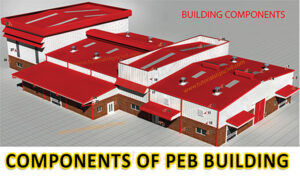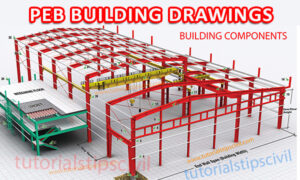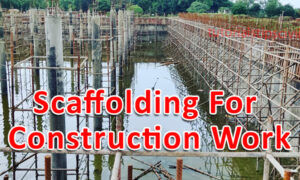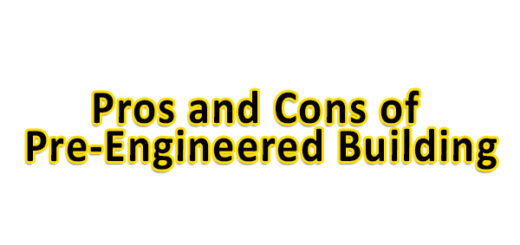GREEN BUILDING AND ITS COMPONENTS
GREEN BUILDING AND ITS COMPONENTS
A Green building simply refers to a structure or building that is environmentally friendly. In India, a green building defines a building which uses less water, optimises energy efficiency, conserves natural resources, generates less waste and provides healthier spaces for occupants, as compared to a conventional building.
Green building incorporates environmental considerations into every stage during building construction. It mainly focuses on the design, construction, operation and maintenance phases.
A green building has four main components on which it is designed:
- Material
- Energy System
- Water Management
- Waste Management
Material
Materials used for green building are obtained from natural, renewable sources that have been managed and harvested in a sustainable way. They are either obtained locally to reduce the energy costs of transportation or salvaged from reclaimed materials at nearby sites. Recycled content and Prefabricated products reduce material use, cut costs and often perform better than traditional alternatives. We will also consider a few specifications like their durability, re-usability, and effects on air quality while selecting the material. Non-toxic materials improve indoor air quality and reduce the rate of respiratory illnesses.
Energy System
In the construction of a green building, a builder can plan building design in a way where he can take the advantage of sun, wind and natural light. The passive solar design will dramatically reduce the heating and cooling costs of a building. Natural daylight design reduces a building’s electricity needs and improves people’s health and productivity. Green building also incorporates energy-efficient lighting, low energy appliances, and renewable energy technologies such as wind turbines and solar panels.
Water Management
In green buildings, the focus is on reducing the need for water. Water reduction can be achieved by using low-flow toilets, and greywater systems that recycle water for irrigation. Another way of water collection is rainwater harvesting which is also a beneficial way to reduce the wastage of water.
Techniques of Rainwater Harvesting using in Green Building:
- Storage of Rainwater on the surface. This is a traditional method and the structures used are underground tanks, ponds, and check dams.
- Recharge to groundwater. This is a new concept of rainwater harvesting. The structures generally used are pits trenches, dug wells, and hand pumps.
Installing water-efficient appliances and plumbing fixtures will help conserve fresh water and reduce utility bills. These types of appliances can include low flow showerheads, self-closing or spray taps, low flush toilets, and waterless composting toilets.
Waste Management
Reduce, reuse and recycle construction and demolition waste to cut costs and improve building quality. Design for efficient use of materials and durability, avoiding future waste. With the right setup, we can recycle some waste materials on the construction site.







